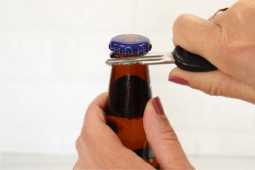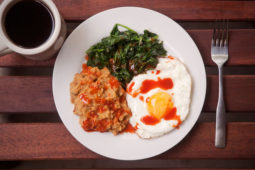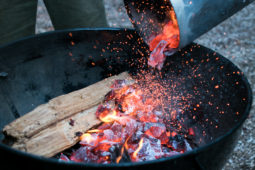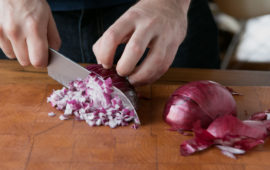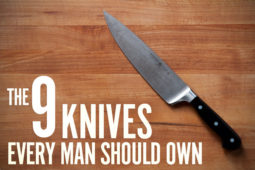16 Under-$25 Cooking Essentials You Need in Your Kitchen Right Now

We believe in investing in long-lasting, high-quality kitchen gear; things worth saving up for, that you know will stand up to daily use. Opting for a legit forged steel chef’s knife, say… one that can be sharpened and honed over and over and will last you the rest of your life, and then some.
But, investment pieces are just that: investments. Those things cost money, and they’re well worth it. But thankfully, you can fill in the gaps with a selection of totally affordable and super useful kitchen tools, many of which cost less than a lunch at a local bistro. So with that in mind, here’s our list of inexpensive, high-quality, and crazy versatile culinary tools with which you should be stocking your kitchen, all of which come in at less than twenty-five bucks.
1. The Best Ever $7 Y-Peeler: The vegetable peeler than puts others in their place. Traditional “long” peelers, with the handle to the side, work best for long things like carrots or cucumbers, but the stouter Y-design makes quick work of round or oblong shapes… like a nice, thick swatch of orange peel for your Old Fashioned.
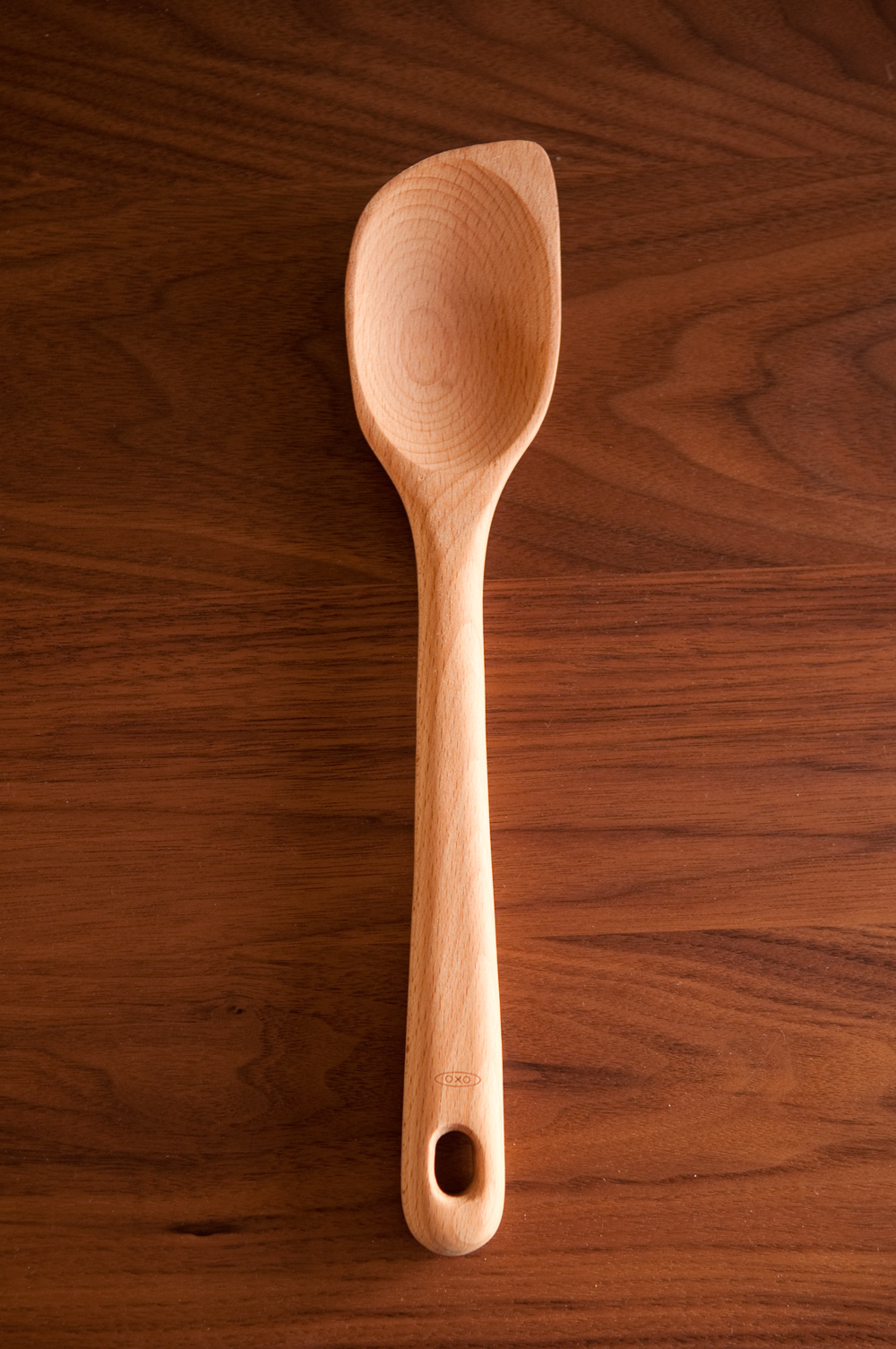
2. One Wooden Spoon to Rule Them All: Every dish cooked on the stovetop needs turned, flip, stirred, scraped, or otherwise fussed with in order to turn out just right. You can’t do everything with one utensil, but a properly-shaped spoon can get you pretty far.
My current favorite is this “corner spoon” from Oxo. It’s made of solid beech, has a nice heft and balance, and one corner is honed into a spatula-like edge that allows you get into corners of a pan, and wedge it under food to flip.
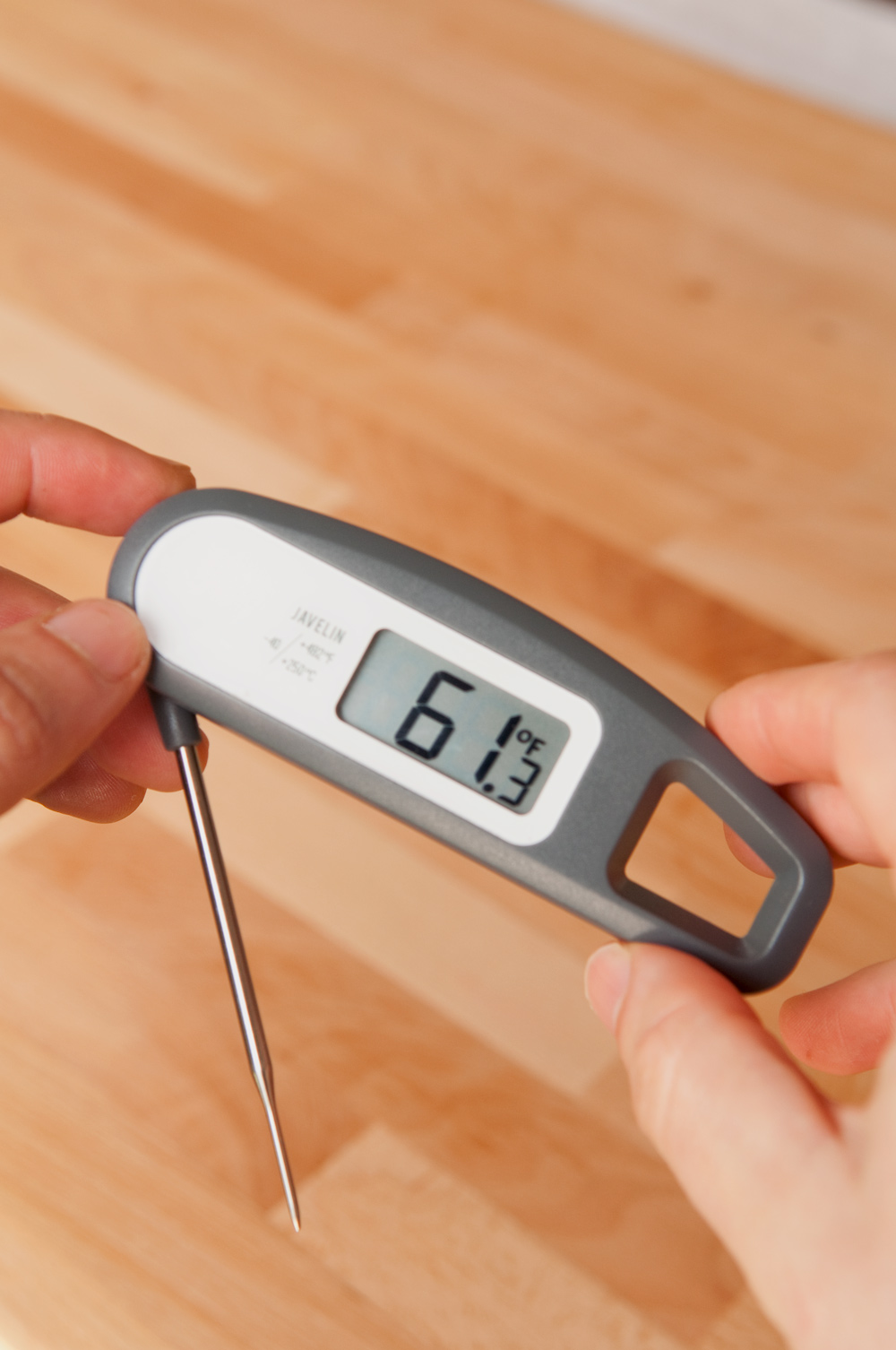
3. A Nice-Enough, Reliable Instant Read Thermometer: The definition of cooking is to change something to the right temperature. Often, you can tell what that is by smell or visual clues, but there are countless times where it’s nice just to know what temp something actually is.
I’m lucky enough to have one of those super fancy, $100 laboratory grade digital thermometers, and it’s amazing. But I also have this $24.99 version from Javelin…and the truth is, I use them interchangeably. Sure, it’s a bit slower to give a reading, but unless you’re a scientist, save yourself $75 and grab one of these.

4. A collapsible funnel: I tend to think it’s hard to improve on a classic, and most contemporary, “as seen on TV” takes on standard tools are just novelties. (Designated avocado tool? Banana keeper?) The collapsible silicone funnel is a true exception. Why? Well, it’s small, it funnels things, and then it squashes down to flat and therefore actually fits in a drawer instead of banging into the walls and top of your cabinetry. Just like it says it will.
And it’s precise. I admit, most of my joy with this thing comes during photoshoots, where I regularly need to pour wet and messy ingredients over styled setups with no spilling or splashing. And this thing gets the job done. Use it, rinse it, use it again, throw it in the dishwasher, and store until next time. It may be the best $3.00 I’ve ever spent.
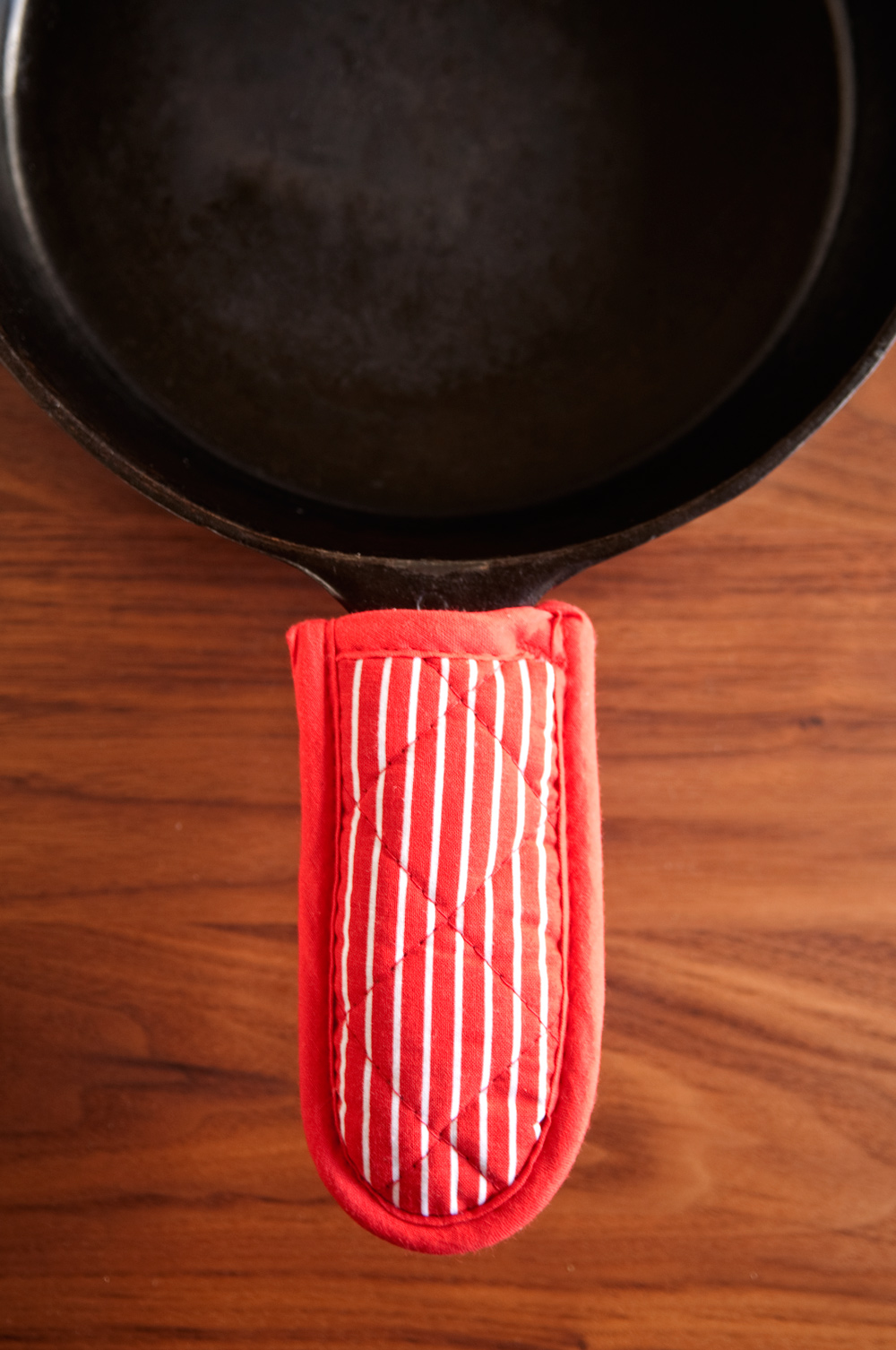
5. Handle Mitt/Hot Handle Holder/Whatever This Is: One of my favorite cooking methods is to start browning something in a stainless steel or cast iron skillet on a burner to create a great caramelized exterior, then finish it in the oven to cook evenly to temp. Here’s the thing: when you stick a pan handle in the oven, it gets hot. And even if you remember that when you take it out of the oven at first, odds are, you’ll forget once it’s back on the stovetop and you go to serve the dish. Or worse, someone else in your house doesn’t know it’s hot and tries to help wash the dishes, and then – boom! – singed flesh.
These hot handles take care of both shielding the handle, and signaling to yourself and others that, yep, it’s still hot.
ManMade Recommended: Lodge Striped Hot Handle Holders/Mitts, Set of 2 – $7.05

6. Small Footprint, Long-Handled Steel Mashing Tool – Technically, the item in the photo is a potato masher. I can’t speak to how well it makes mashed potatoes (I do mine in a ricer), but it’s super awesome at mashing everything else.
What? Well, whole tomatoes for a sauce. Refried beans. Parts of soup when you just want to add a little thickening texture. Fresh fruit. Fresh vegetables. Lemons and limes for drinks. Basically, everything.
So, what’s the deal with the “small footprint” size? Easy — it fits in my countertop utensil caddy with all the other long-handled doodads. And it’s not huge like my old masher that perhaps made less lumpy potatoes, but constantly got stuck in a shallow drawer and prevented me from accessing any tools inside ever and eventually got so frustrating that I threw it across the kitchen. (To its credit, it survived the crash before I put it in the.)
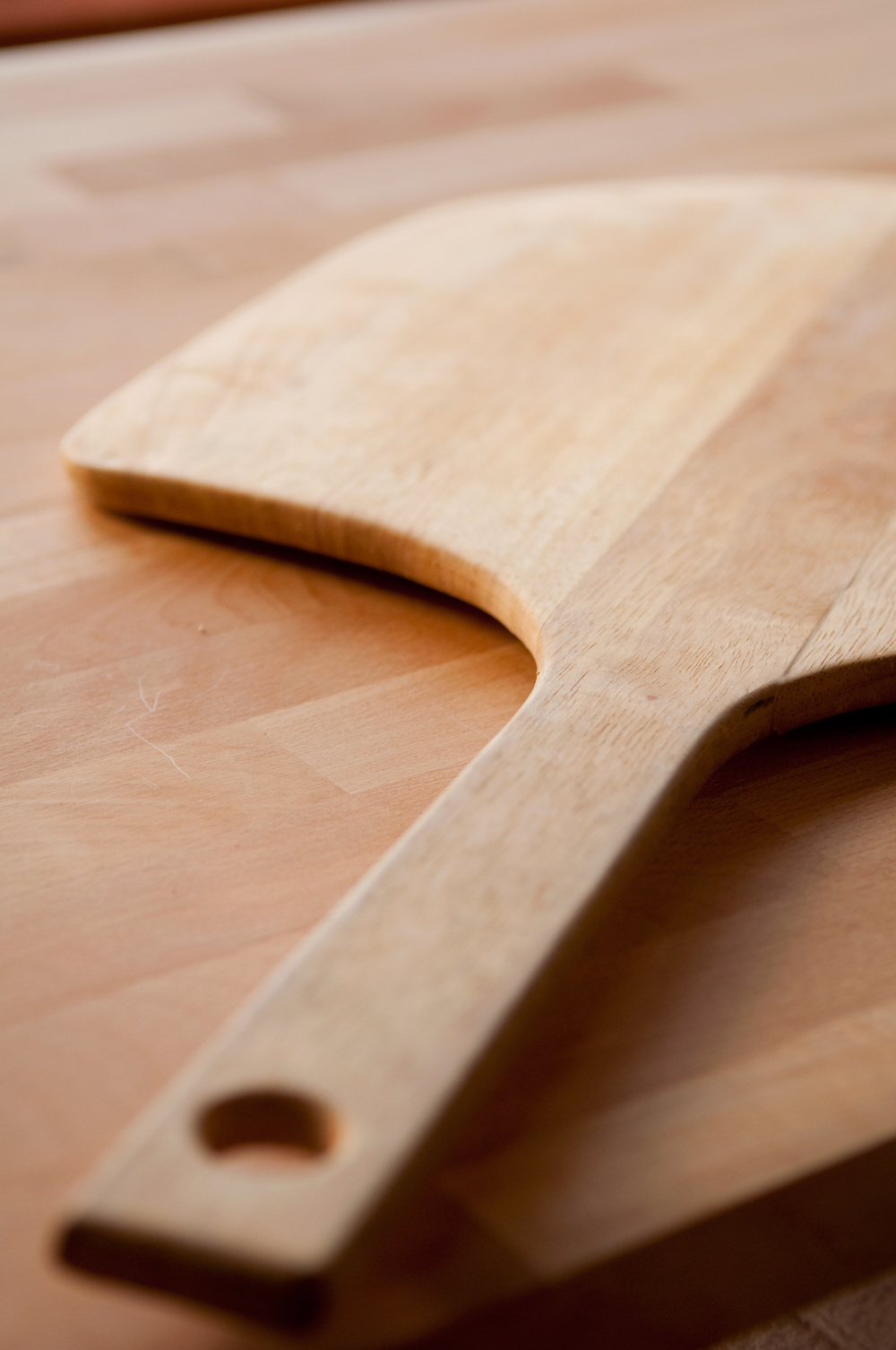
7. Wooden Baking Peel – Do you need one of these? Nope. Are they $14 and crazy helpful when dealing with hot stuff and you should buy one anyway? Absolutely.
Besides easily handling of raw and cooked pizza and breads, theses are awesome for serving appetizers, paddling out polenta, and make a decent cutting board when all others in your house are in use. Make it easier to store by drilling a large hole in the handle and then taking some sandpaper to the whole thing.

8. Come-Apart Kitchen Shears: These dudes are exactly what they look like: scissors, for your kitchen. Why is that awesome? They get into places a knife cannot, make quick work of small veg and herbs, and, because they’re a kitchen tool, are always on hand when you’re cooking and need to cut some twine or open a package. The come-apart-ness just makes them easy to clean; essential when you’ve used them to cut the backbone out of a chicken and you’ve got salmonella all up in the hinge.

9. Cooking Chopsticks: What makes chopsticks “cooking chopsticks?” Their length. Unlike the 10″ or so of dining chopsticks, these are thicker, and clock in at 15 – 18″. These gets your hand away from the heat when stir-frying or sauteeing. And, often, chopsticks in general are the best tool for the job. Like when stirring noodles or pasta in liquid, or flipping particularly small pieces of veg or meat when browning. And you won’t find a better way to scramble eggs.
Bonus! These cost $2.00 at your local Asian grocery store.
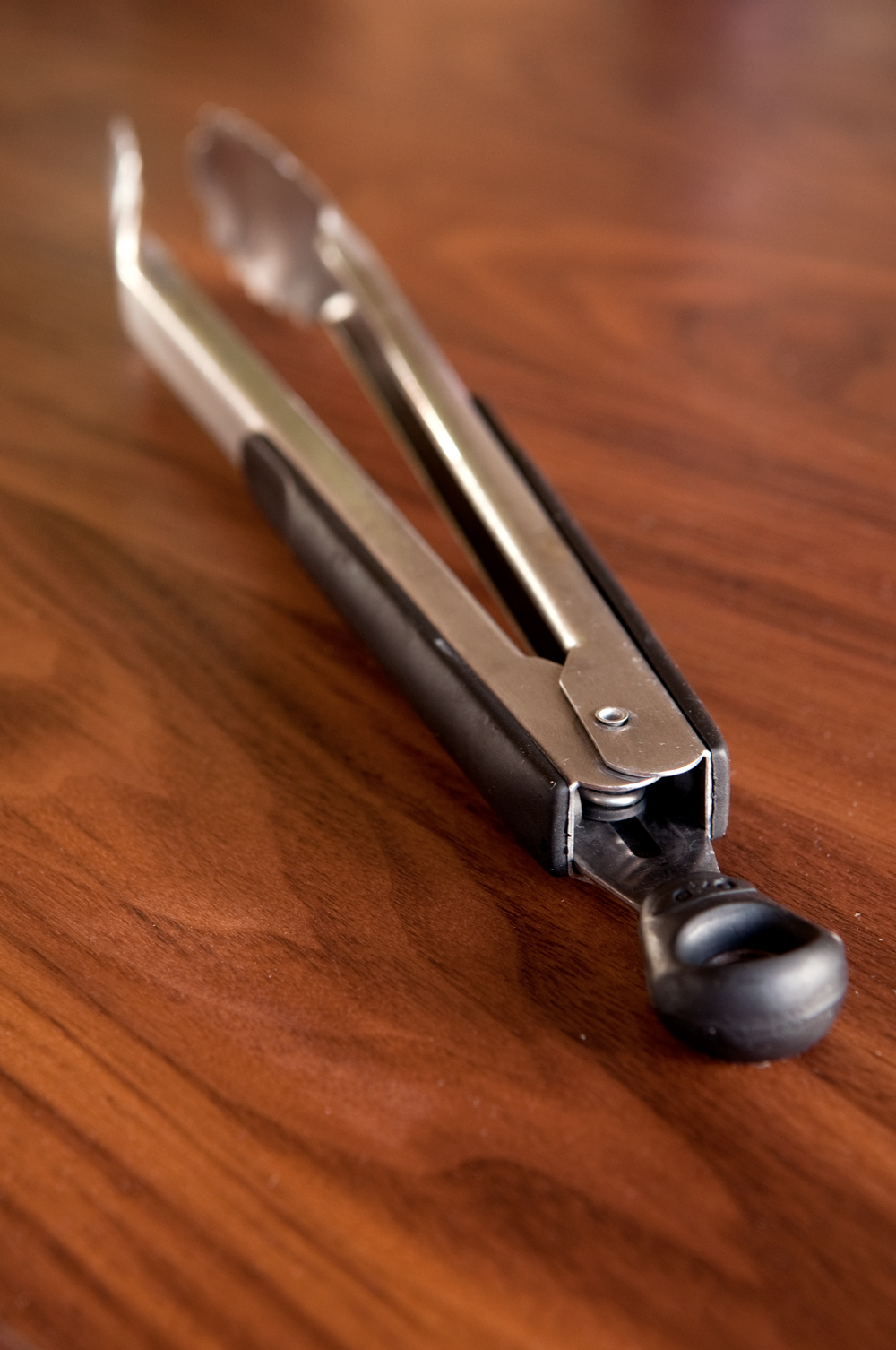
10. Stainless Steel Tongs with a Locking Handle: Seriously, this is the one tool I’m guaranteed to use on every meal I cook. They’re strong, dexterous, and made of steel, like a heatproof extension of your hand. Killer on the grill or in the skillet. I have three pairs, and it’s not enough. (It might be, if my wife agreed to my request to hand wash them and put them back instead of stashing in the dishwasher, but some battles are not worth fighting. For $12, I’m ordering another pair.)
Get ’em, use ’em, love ’em. Best value on this list.
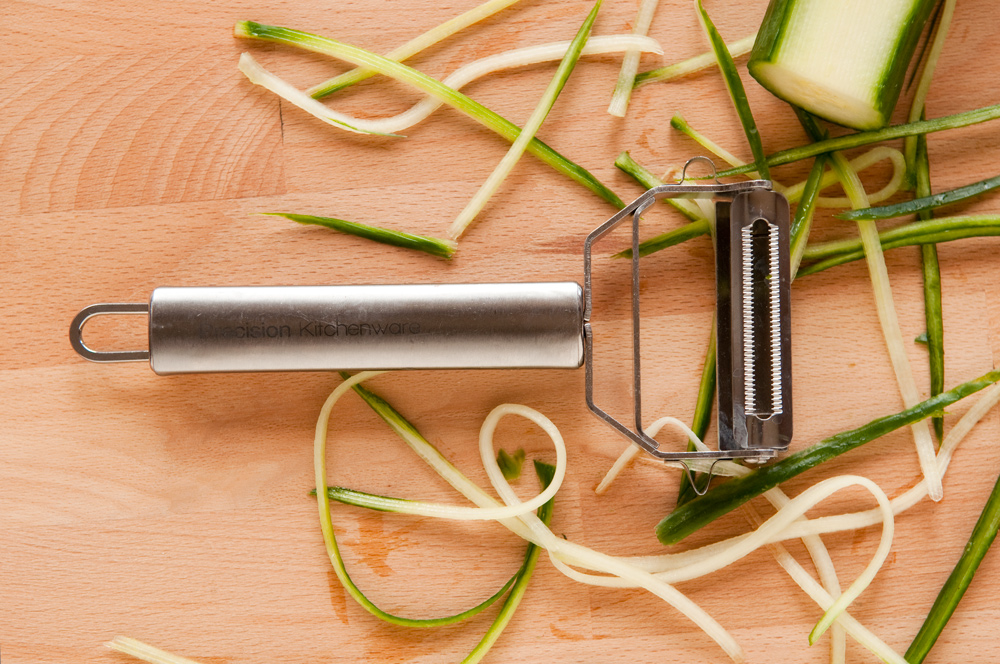
11. Julienne Cutter: This might be a bit of an indulgence, but I love mine and use it constantly. It’s basically a vegetable peeler with a series of crosscut blades, turning whole pieces of produce into neat little juliennes that make your food look professional, and adds tons of texture. I can’t do that with a knife, and wouldn’t want to spend the time even if I could. I use mine when making slaw, pickles, prepping veg for stir-fries and salads. You can also make those vegetable “noodles” all the low-carb and Paleo people are into. Cheaper and takes up way less space than a spiralizer.
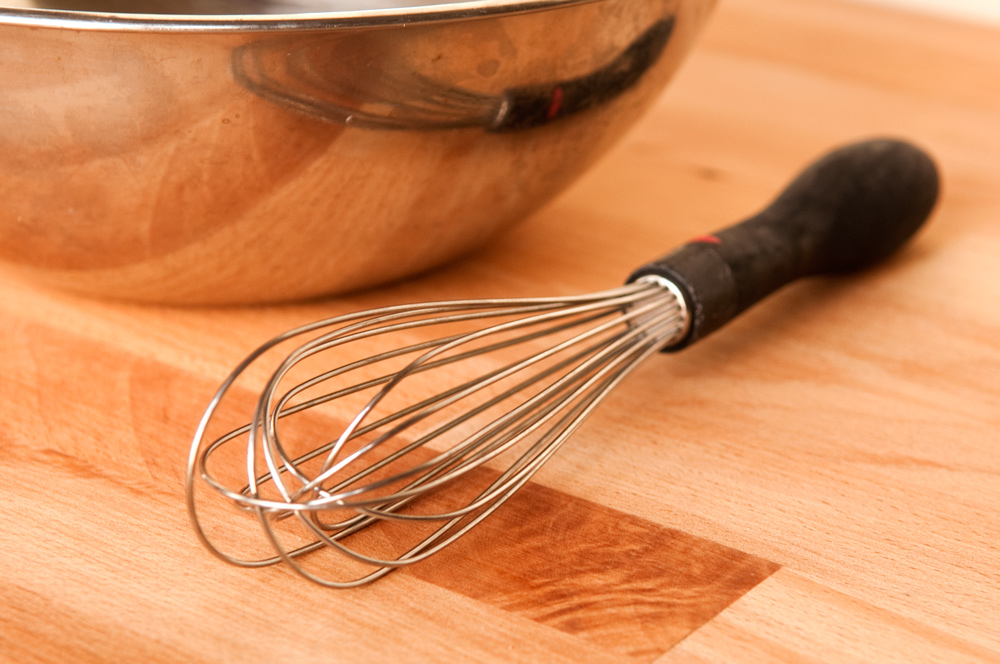
12. A small whisk that will make your big whisk unnecessary: Preface — I’m not really a baker, and so this might not apply to those of you who crank out cookies and cakes with aplomb. But, in my savory-food-making experience, the average-sized balloon whisk is way too big for, like, 95% of tasks.
Instead, I prefer this smaller, 9″ size, which is great for getting into corners of a pan, and for using with smaller bowls for dressings and sauces. The only time is doesn’t really shine is for whipping a whole bunch of egg whites or making whipped cream, but I’ll happily bust out the hand mixer for such laborious tasks. As you can see in the photo above, mine is all mangled and worn out. That’s because it’s one of the most used tools in my kitchen.
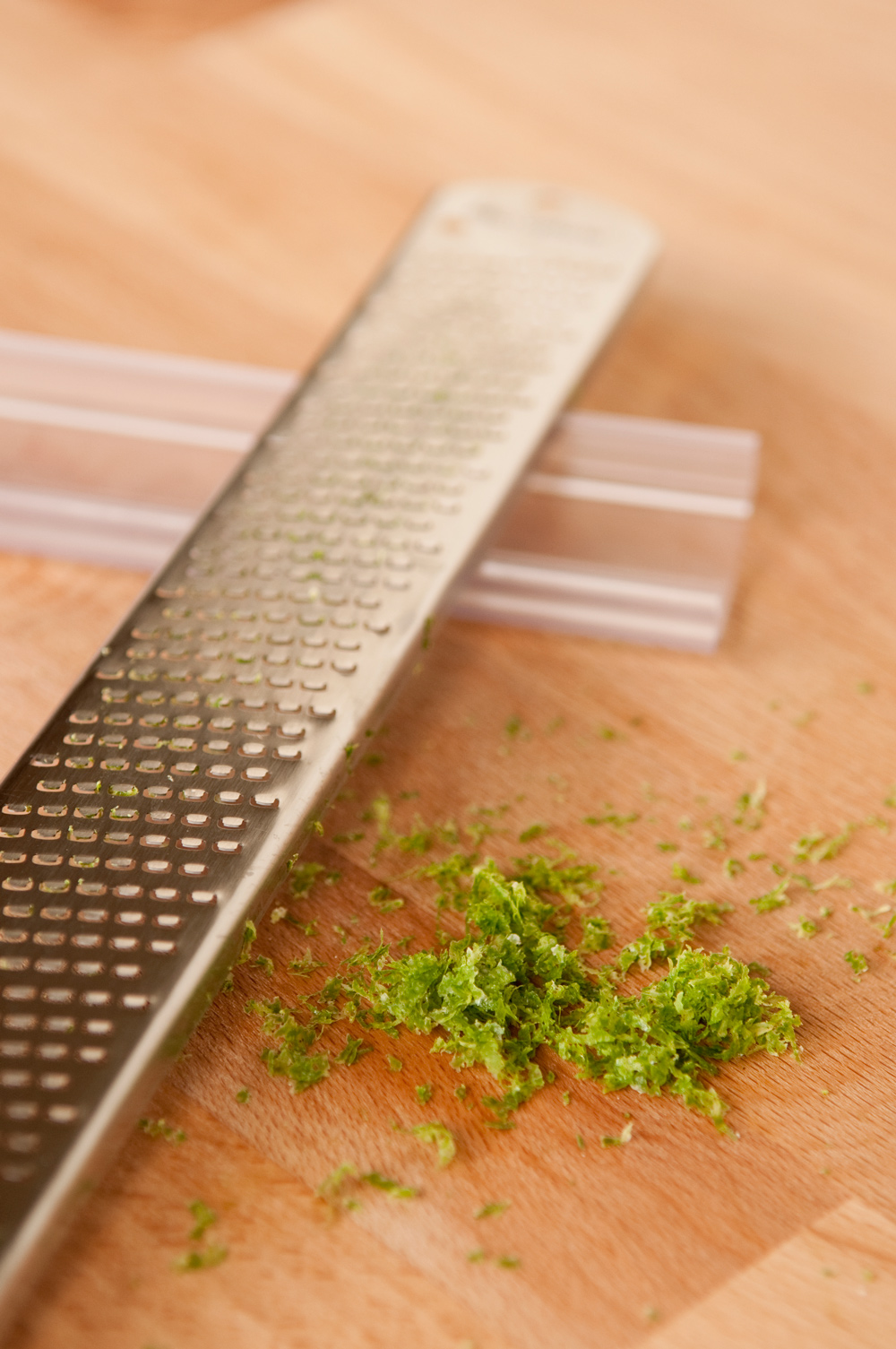
13. Microplane Zester: This tool was originally designed as a woodworking rasp, and it still works great for that, too. But in the kitchen, this guy is fantastic for working with firm items like citrus zest, hard cheeses, and wood-y spices like cinnamon and nutmeg.
You can get a version with a handle, but my vote is to go without – this way, you can slip the cover on backwards, and use it to catch whatever you’re grating for measuring and containing the mess.

14. Cut-Resistant Glove: I used to be afraid of my mandoline. Actually, I’m still afraid of my mandoline, but not too afraid to use it. A cut resistant glove isn’t a replacement for your blade guard, but an extra step of insurance that means you’ll actually bust out the tool and use it to make those incredibly thin, consistent slices.
FWIW, I also have a pair of these for the shop. I use them when carving linoleum blocks for printmaking and sometimes with making sharp, quick motions with hand tools. They’re more dexterous that any work glove I own.
Speaking of mandolines…
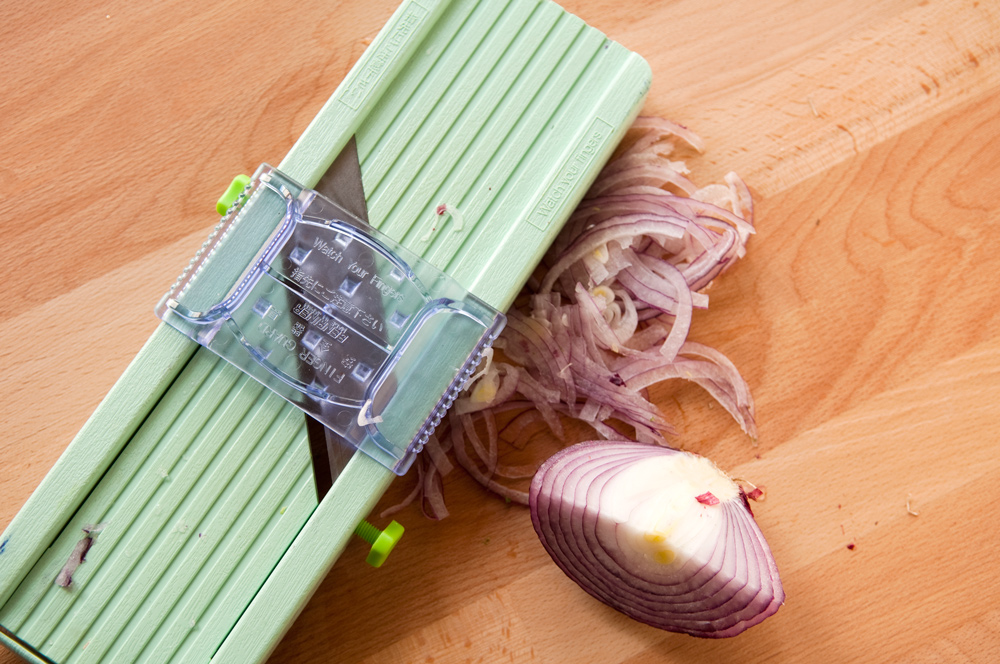
15. Japanese Mandoline Slicer: Yes, it’s scary to slide your hand over a super sharp blade repeatedly. But that’s what makes this thing great: you get incredibly crisp, clean, and consistent cuts that you could never achieve with a knife. (Or perhaps you can, but I know I certainly cannot.)
The simplicity of the Japanese style makes it a win over a French model. It’s a deck and a blade. No stand, no inserts, no fiddly parts. (It also costs half as much.) And because you can grab it, put on a glove and the hand guard, and get to cutting means you’ll actually take advantage of this tool for a weeknight dinner. Look into professional kitchens everywhere, and you’ll find this can’t-miss-green classic. Treat it with respect, and it’ll get the job done, over and over.

16. Orange Citrus Press/Squeezer: You can buy these things in all sorts of colors, intended for lemons, limes, oranges, and probably a tiny little one for kumquats. No? Okay, well, they do come in at least three sizes, but the truth is: you only need one. Get the biggest one (orange), and you can quickly deal with lemons, limes, oranges, and quartered grapefruits. A squeezer gets much more juice than a manual reamer, and you can capture the liquid directly in a little measuring cup or jigger for your fresh cocktails 😉
Okay, that’s my list. But…

